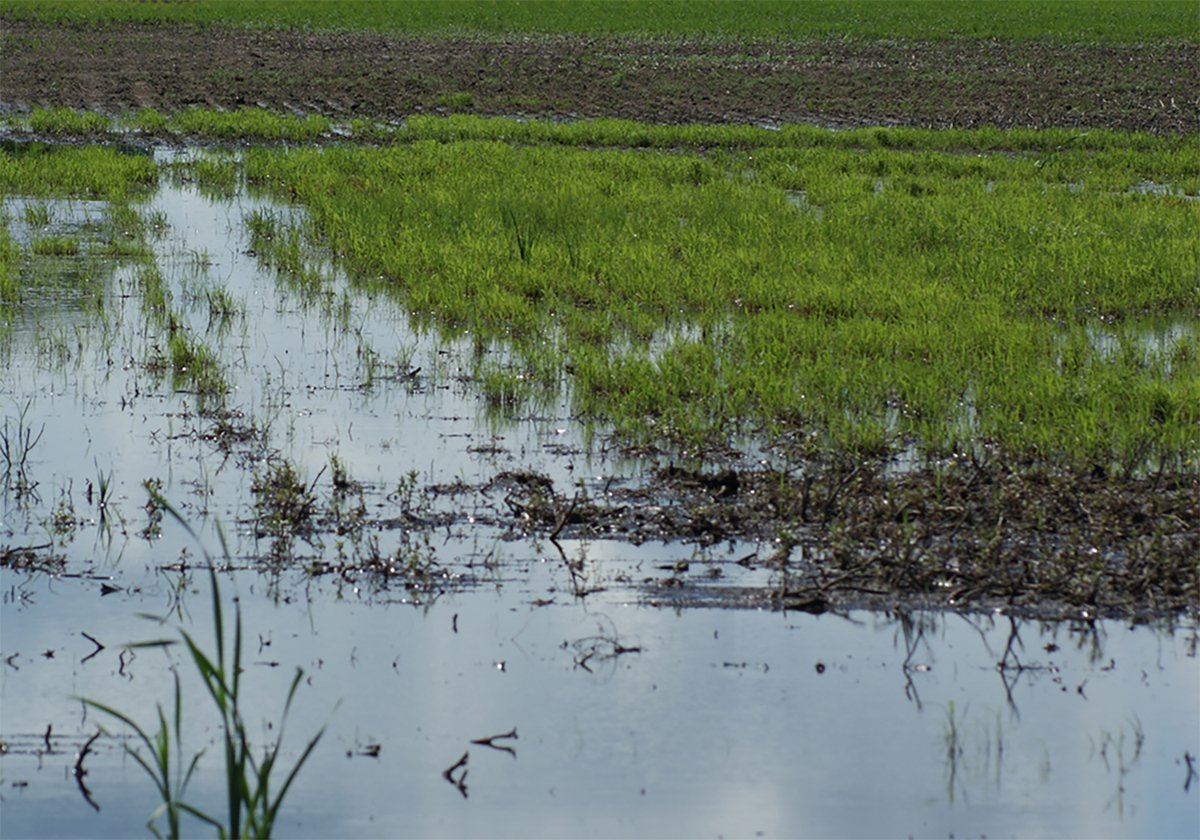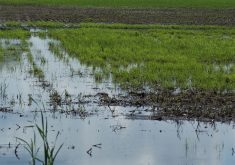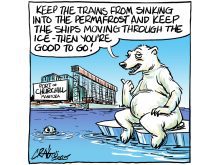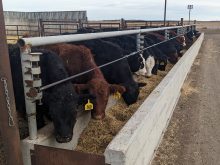There is a kindergarten nursery rhyme that relates a tale of connection.
It states how the toe bone is connected to the ankle bone, which is connected to the shin bone, which is then connected to the knee bone, the thigh bone, and so on.
It serves us well to remember this sandbox wisdom in a day of highly specialized medicine.
This connection leads us to a much greater awareness of an individual’s physical and mental states.
This tale is about one such connection – of the horse’s tail to the whole.
Read Also

Topsy-turvy precipitation this year challenges crop predictions
Rainfall can vary dramatically over a short distance. Precipitation maps can’t catch all the deviations, but they do provide a broad perspective.
Acknowledgement of the tail in the literature is sparse and rather anatomical, stating that it contains four muscles and that the caudal or coccygeal vertebrae vary considerably in number, but 18 may be taken as an average.
From the first to the last, these bones gradually become reduced in size.
The tail beautifully completes the topline in a horse. It is also very much a part of that topline.
The horse is a wonder of bioengineering and a master of movement.
It follows that every part of that horse, even the tail whether static or in motion, needs to move in harmony. The tail should move quietly and flow freely from a balanced spine. A good analogy would find such movement in a freshly dropped bungee line.
Dysfunctions of the tail fall in two general categories – the physical and the emotional.
The two are often interrelated, but addressing the physical aspect first provides a framework for dealing with the emotional aspects.
Dental, musculoskeletal, or organ pain will result in tensions throughout the body. The tail is not an exception.
Pain in the mouth causes clenching of the teeth and thus tempomandibular joint tension.
Horses that have dental pain often carry their heads elevated to evade the pain. This abnormal posture creates muscle tension along the horse’s topline.
Musculoskeletal pain is not only a broad category of discomfort for the horse, but ill defines the underlying cause for that pain.
I am a firm believer in exceptional hoof balance.
The adage “no foot, no horse” could not be truer and as broad as the category of musculoskeletal discomfort is to horses. I suspect the underlying cause is narrow and related to the foundation that horses have under them, that is, their feet.
A clear example of tail dysfunction and lameness is that of a hind limb lameness when the horse carries his tail off centre away from the lame leg. The lamer the leg, the more the tail is carried off centre.
An old horseman once shared with me a valuable life skill – “Never ride a horse if he has a kink in his tail.”
Life experience has confirmed that observation. Many of these horses have deep emotional problems that can unfold at a least opportune time.
Horses relay a great deal of emotional information through their tail.
A horse that swishes its tail is often expressing displeasure, frustration, or resentment.
A horse that tightly clamps its tail between its hind legs is worried, anxious or fearful and will require patience and understanding to feel more comfortable with its handler and surroundings.
This summer, I hope to create a new awareness and curiosity about the horse’s tail beyond that of swishing flies.
May your observations offer you interesting information.














